Main navigation
Agriculture 5.0: fighting the climate crisis with agrophotovoltaics and biochar
Climate protection, agriculture and biodiversity are closely intertwined. Agriculture 5.0 provides positive guidance, as the Offenburg University of Applied Sciences has demonstrated: agrophotovoltaics (or agrivoltaics), which is currently in vogue in Germany, can be used to generate solar power on high-yield fields. Biomass strips and biochar remove CO2 from the atmosphere. All this improves soil quality and promotes biodiversity.
There is now no doubt that we are experiencing the consequences of global warming as a result of increased carbon dioxide levels. Weather extremes such as drought, heavy rain and hail are threatening harvests, intensive agriculture is depleting the soil, which, along with increasing construction, is destroying the habitats of plants, fungi and animals that, in turn, are being affected by climate change much faster than they can adapt. This has become a vicious circle that Prof. Dr. Daniel Kray and his research groups and partners are seeking to break through innovation.
Agriculture as a key lever
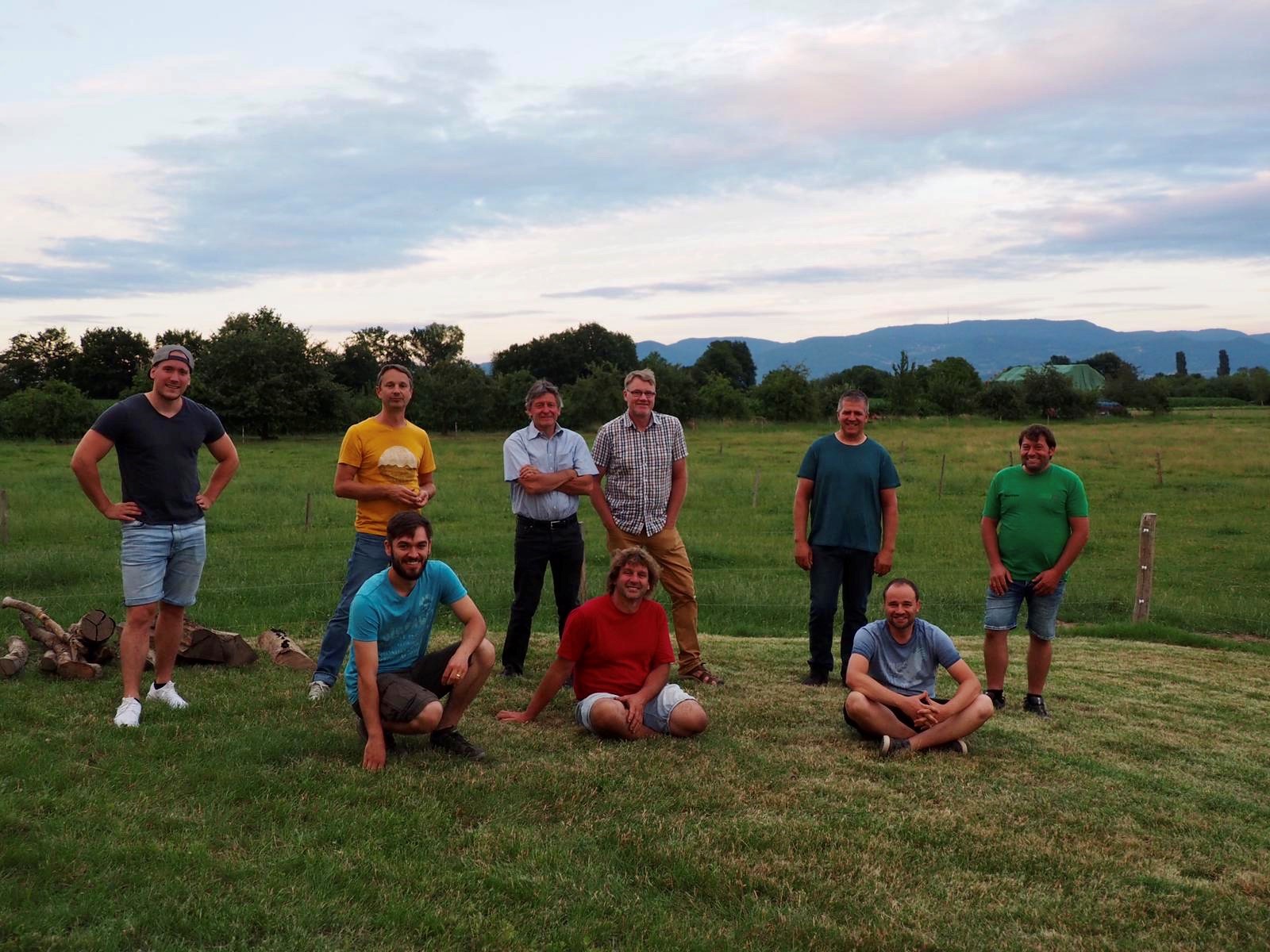
Kray, a physicist, researches and teaches renewable energies, photovoltaics and biochar as part of sustainable energy systems and environmental engineering studies at the Offenburg University of Applied Sciences. His pioneering projects share one overarching goal: to counter exponential developments in the climate crisis in a targeted and rapid manner. "Agriculture is the linchpin. Half of Germany's land area is arable land and is in constant exchange with the atmosphere," Kray explains. Land use is a significant climate factor worldwide: even if 100 percent of the energy used in the electricity, heat and transport sectors came from renewable sources, around 23 percent of today's greenhouse gas emissions would still remain because they are largely emitted from agriculture.1) In Germany, greenhouse gas emissions from agriculture are equivalent to the emissions from all industrial processes, amounting to around 61 million tonnes of CO2 equivalents.2)
"The current expansion of wind power, photovoltaics and biogas is insufficient to achieve the planned share of 65 percent of gross electricity consumption generated from renewable sources by 2030. In addition, CO2 that has already been emitted must be removed from the air. The Agriculture 5.0 concept can intervene effectively here and revolutionise agriculture."
Kray is the founder of the FYI: Agriculture 5.0 think tank project, which is a consortium of universities, scientific institutes, companies, farms and the city of Offenburg. The main pillars are agrophotovoltaics, biochar, flowering strips, agro-electromobility and agroforestry.3) The specific aim is to reduce CO2 while increasing biodiversity and the supply of agricultural produce.
Reflective roofing: agrophotovoltaics
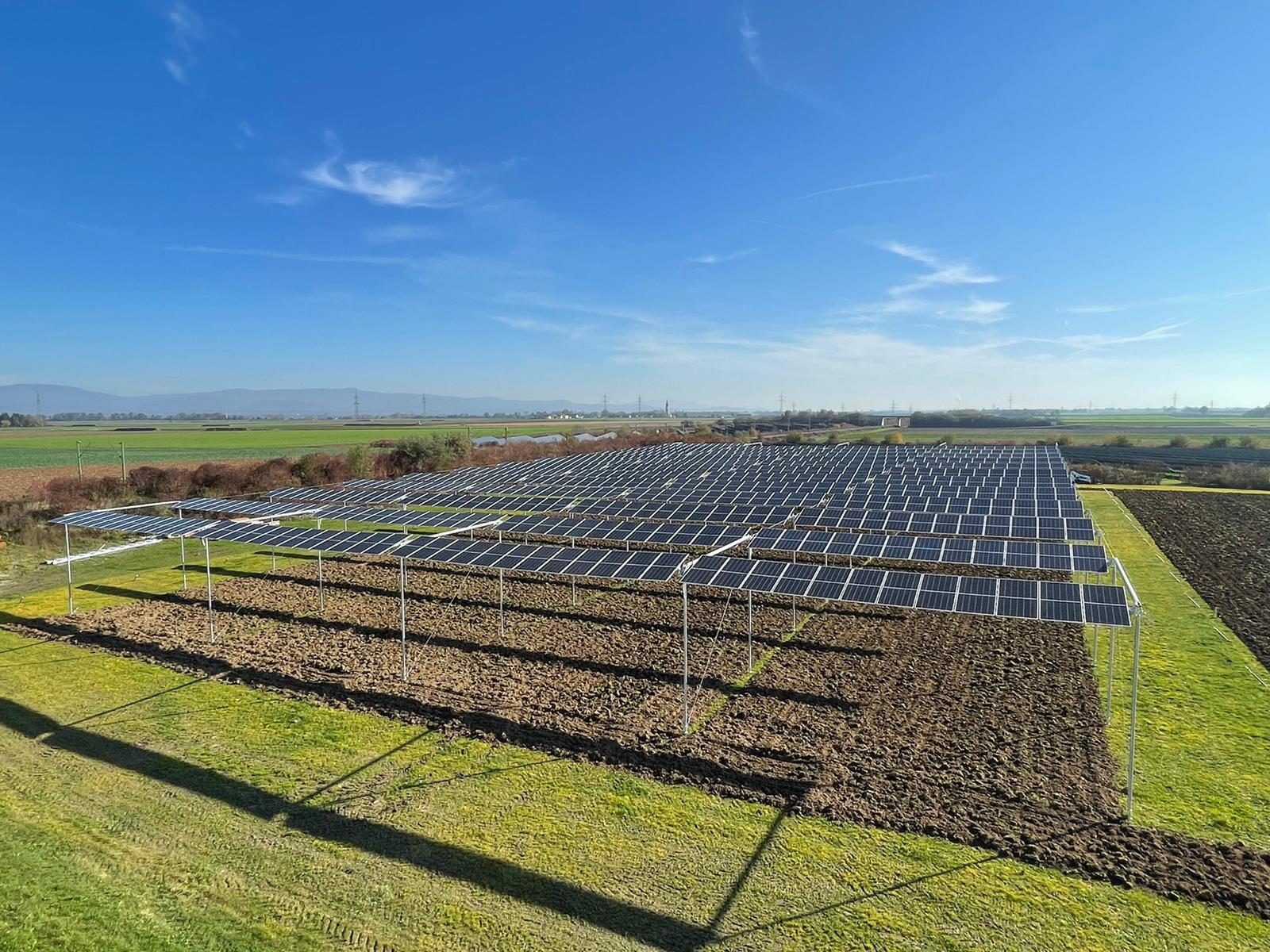
According to the German Federal Ministries of Education and Research (BMBF) and Food and Agriculture (BMEL), we need 6 to 8 times more solar energy than is currently produced in order to reduce CO2 quickly.4) Photovoltaic systems need land and sun, and the same goes for plants. Is this therefore an either-or choice? "On the contrary," explains Kray. "With the right know-how, agrophotovoltaics is doubly beneficial." Agrophotovoltaics, or agro-PV (also agri-PV) for short, refers to the generation of solar power with panels on or next to arable land.
"These systems are becoming increasingly attractive for farms because they boost agriculture – both domestically and in the face of international competition." This is because solar panels protect food and feed crops against hail and frost damage, excessive solar radiation and evaporation. Projects such as the BMBF-funded APV-RESOLA project that operates pilot plants at Lake Constance have shown that the resistance of fruit and specialty crops is increasing. A pilot plant in Heggelbach, for example, has shown increases in land use efficiency of between 60 and 86 percent as well as improved adaptability during dry periods.5)
More than win-win
Farms can stabilise crop yields with agro-PV, especially during extreme weather conditions. At the same time, farms can generate renewable electricity for operating electric agricultural machinery, among other things. They can also sell the electricity to nearby housing estates or feed it into the grid, and thus build up another revenue stream.
High yields and electricity generation - Kray adds a few more ‘wins’: "A big plus is the dual land use. This is important for a growing world population that requires more food as well as land for housing and energy supply, e.g. through PV systems. In addition, agro-PV crops require significantly less water.6) The improved microclimate of plants also reduces the use of pesticides, which increases biodiversity."
Driving potential forward
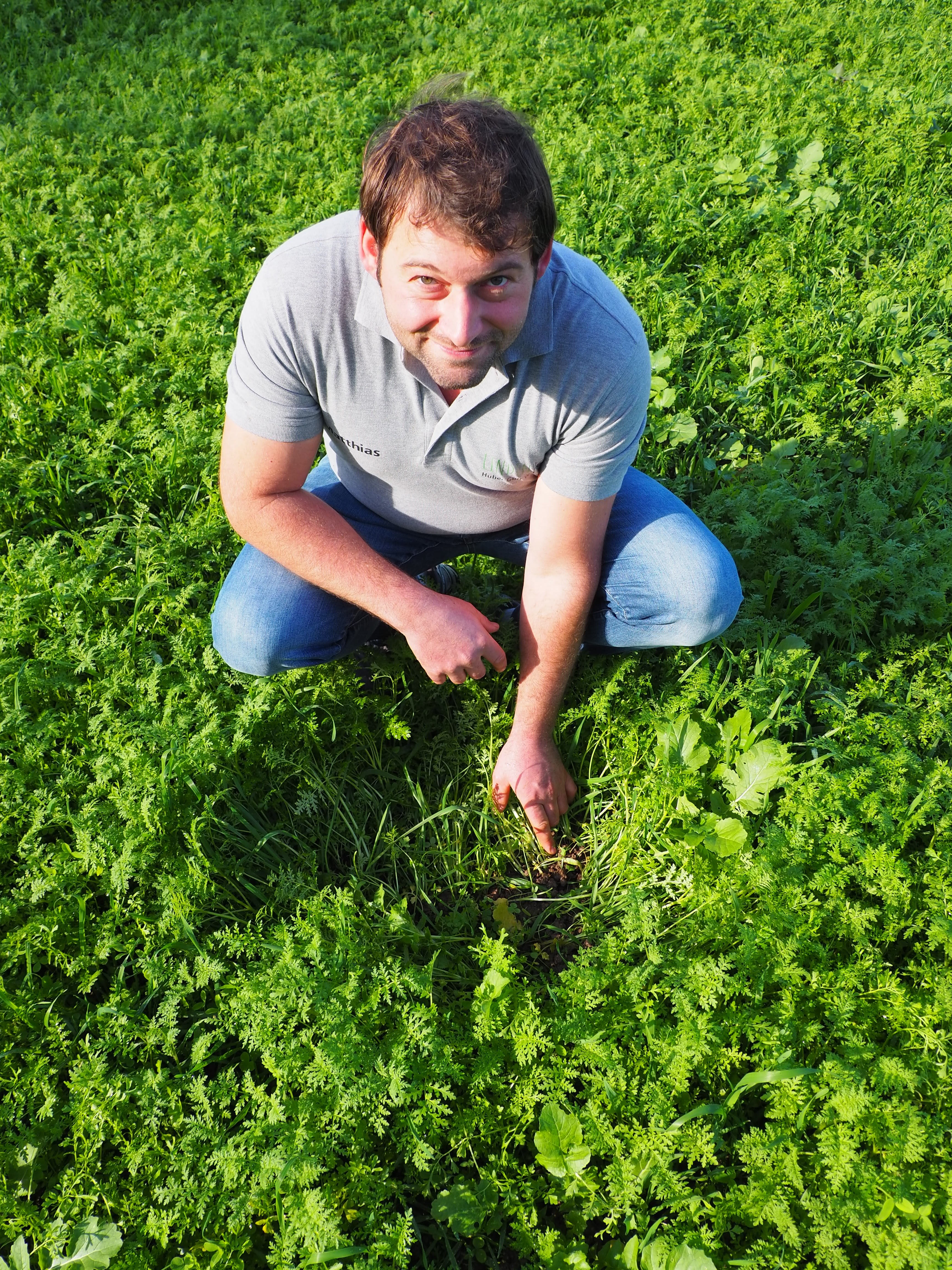
Why is agro-PV technology, which has developed exponentially worldwide, still in its infancy in Germany? "We are currently experiencing a radical change," explains Kray. "The amendment to the Renewable Energy Sources Act significantly strengthens the economic viability of agro-PV systems." Thus, higher feed-in compensations will be possible in the future, in addition to direct payments for agricultural land use. The Baden-Württemberg government is also providing funding of around 2.5 million euros up to 2024 for five pilot plants in order to identify opportunities and challenges and advance the innovative technology.4)
"It is important to simplify the framework conditions and approval processes. It is also important to communicate the potential of the technology widely, so that farms, municipalities and decision-makers recognise the opportunities for agriculture and the climate." These opportunities are huge: around 30 terawatt hours of electricity could be generated annually if half of the 80,000 ha of ground-mounted systems planned in Germany by 2030 were to be built as elevated agro-PV.7)
When it comes to technical potential, Kray can contribute over 20 years’ expertise in solar technology. With his working group and partners, he develops innovative PV technologies.8) Special bifacial modules with increased sustainability also use the light that falls onto the rear of the modules, further increasing productivity. "We want to bring together farmers, stakeholders and citizens. It is also important for us to show how the energy produced on the farm can be used and stored, and also highlight the importance of elements in Agriculture 5.0., which, of course, includes biochar."
Burying biochar in the soil as a CO2 sink - simple, immediately applicable and scalable
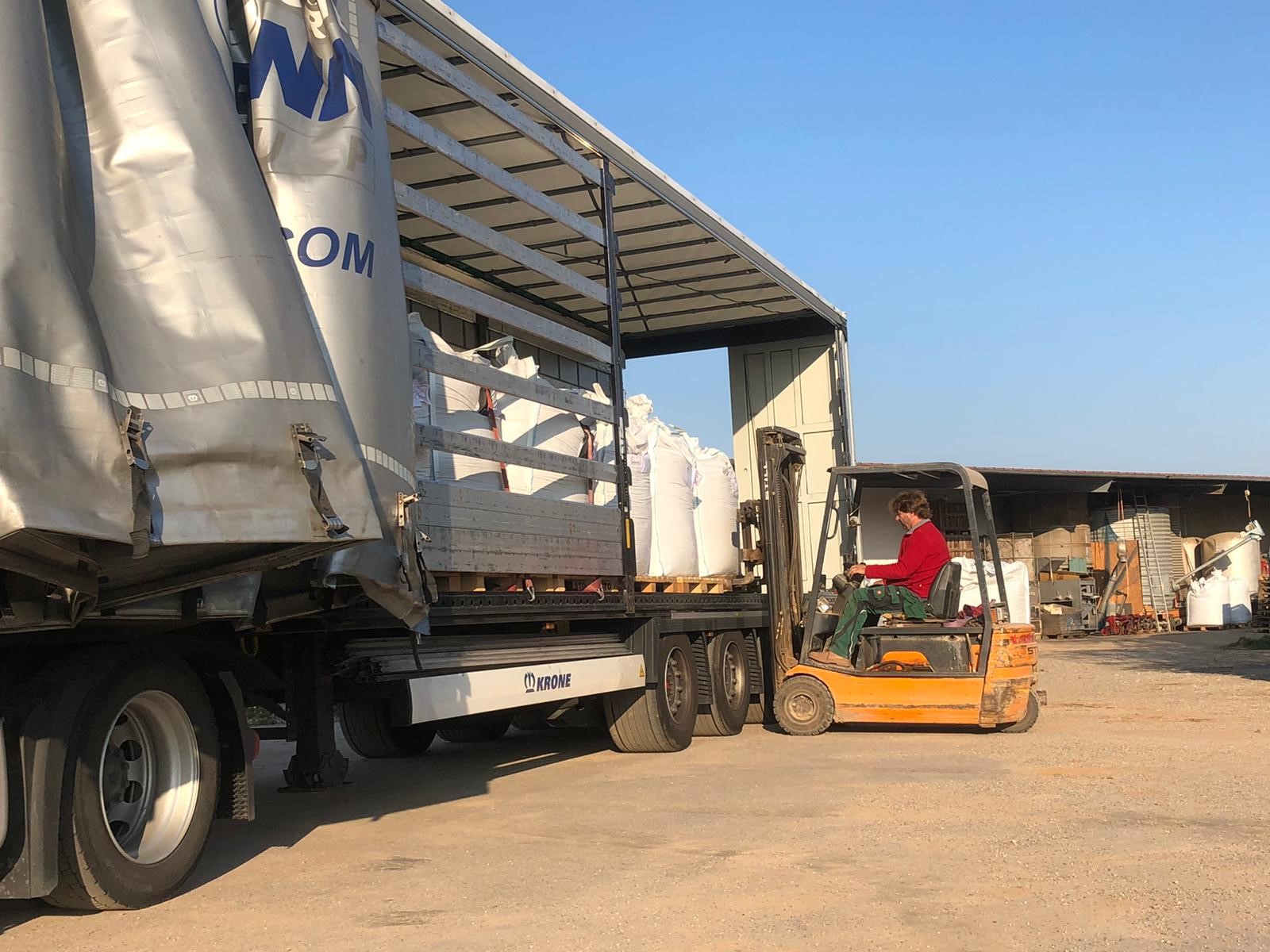
Putting CO2 back into the earth as carbon and improving soil quality - the principle is simple, immediately applicable and scalable. "We collect green waste from hedges on the university campus," explains Kray. "All types of biological residues have removed CO2 from the atmosphere." This is the natural carbon cycle: during photosynthesis, plants split CO2 into the oxygen and carbon that they need to build their roots, branches and leaves. When they die, plants release the carbon again as CO2, as they do when they rot or are combusted. Kray takes precautions here: "After charring, the plant material is permanently buried, therefore also improving the soil. This allows flowering plants to thrive and insects to reestablish themselves. Farms can do all this themselves." An example of the method in practice is the so-called Terra preta (see infobox).
Companies can purchase CO2 certificates for this carbon-removal process.9) Offenburg University of Applied Sciences uses the money it receives to plant fast-growing trees in a short-rotation plantation, which removes more CO2 from the air. "After two years, we harvest the wood and use it to make biochar, and the trees continue to grow."
Terra preta (Portuguese for black earth) refers to a fertile, deep black soil in the Amazon Basin - actually known as rainforest with nutrient-poor soil. Research groups found that for centuries indigenous people have managed and enriched the soil with fermented residues from plants, dung, faeces and charcoal.
Keeping the cycle running properly
But there are a few points to consider on this path to sustainable action, as Kray explains: "The conversion of biomass into biochar must be done in a controlled manner so that no polycyclic aromatic hydrocarbons are produced. This process is carried out on a large scale under low oxygen supply at around 400 °C in special furnaces." The energy for the process, which is called pyrolysis, comes from biogases and oils that are released as part of the process. Surplus energy can be used to generate climate-neutral electricity and heat. With the mature technology, municipal utilities, for example, could also pyrolyse unused biomass and create carbon sinks.
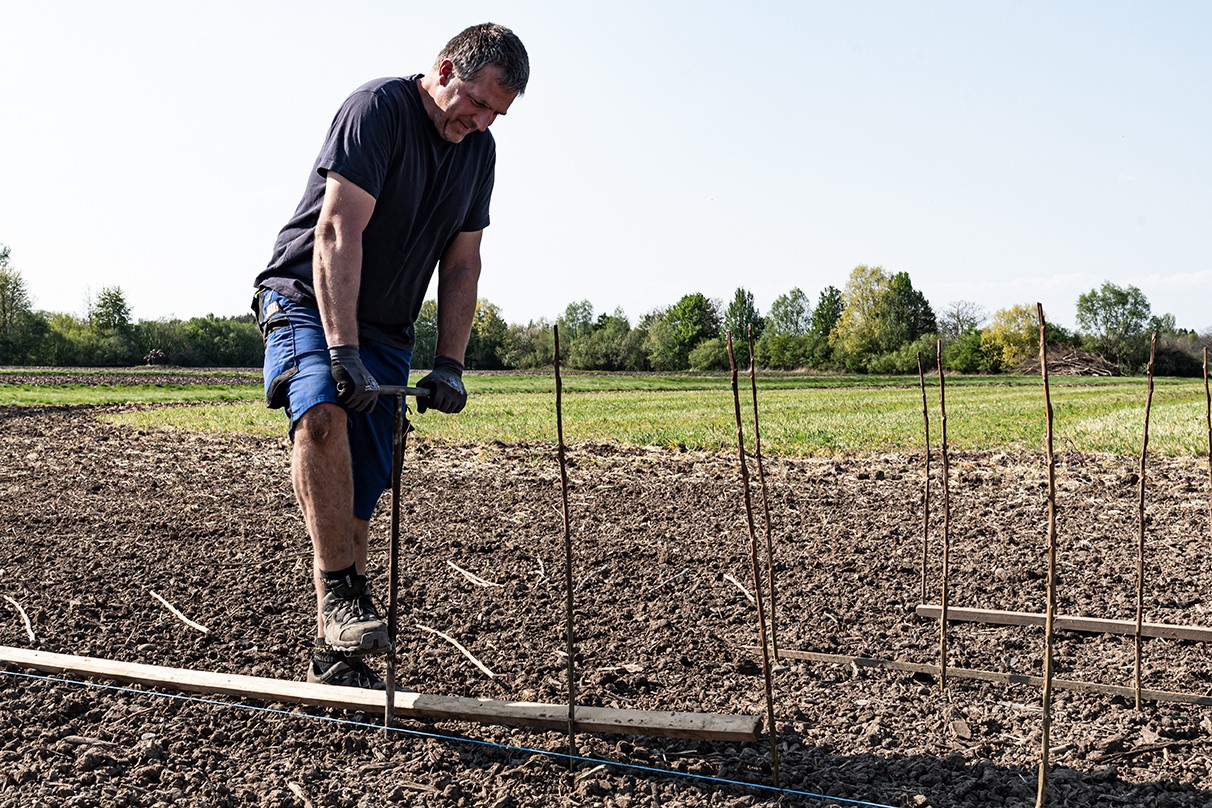
Scientific studies show that biochar leads to an increase in humus - even without the use of mineral fertilisers. The special structure of the biochar not only improves the water-holding capacity of soil, but also prevents nitrate from seeping into the groundwater through intermediate storage of fertiliser in the plants’ root zone. "It is important to adhere to the certification regulations as laid out in the EBC – European Biochar Certificate," explains Kray. This helps to maintain high biochar quality, avoid potential harmful effects and ensure that the biochar remains in the ground for thousands of years. A Swiss consortium has pioneered internationally recognised scientific studies and applications. It has found that loading biochar with compost gives the best results on yield and retention of agricultural emissions, and that up to 4 million tonnes of CO2 equivalents could be stored long-term in the soil in Switzerland by 2050.10)
Support for the complete solution
Kray and his team also take a holistic view of the concept from an agricultural perspective. "When you take a farm where five percent of a total land area is planted as biodiversity flower strips or marginal strips with woody mass for biochar production, where temporary cover plants are grown, and where battery-powered agricultural machinery is used and solar power is generated through agrophotovoltaics, it is possible to stabilise the harvest and have several revenue streams."
Agriculture 5.0 is all about carbon sinks, biodiversity, solar power and producing food without competing for land use, and offers great perspectives for society and the environment. Political support and the early involvement of all stakeholders is crucial for successful implementation, as Kray explains: "We are looking for funding and welcome any support and exchange. This helps our think tank, which at the moment has over 45 industrial, research and practical application partners, to grow. Kray and his consortium believe that the best way to combat the multiple global crises is to use practical examples to show that concepts really work and to collaborate with hands-on practitioners at all levels.
References:
1) United Nations: Land Use, Land-Use Change and Forestry (LULUCF). https://unfccc.int/topics/land-use/workstreams/land-use--land-use-change-and-forestry-lulucf
2) German Environment Agency: Beitrag der Landwirtschaft zu den Treibhausgas-Emissionen. https://www.umweltbundesamt.de/daten/land-forstwirtschaft/beitrag-der-landwirtschaft-zu-den-treibhausgas#treibhausgas-emissionen-aus-der-landwirtschaft
3) Think tank FYI: Agriculture 5.0, Consortium of universities, scientific institutes, companies, the city of Offenburg and farmers under the leadership of Offenburg University of Applied Sciences: https://fyi-landwirtschaft5.org/
4) Agrivoltaics: Opportunities for Agriculture and the Energy Transition. As of April 2022. https://www.ise.fraunhofer.de/en/publications/studies/agrivoltaics-opportunities-for-agriculture-and-the-energy-transition.html
5) Baden-Württemberg.de, press releases Land fördert fünf Modellanlagen zur Agri-Photovoltaik. https://www.baden-wuerttemberg.de/de/service/presse/pressemitteilung/pid/land-foerdert-fuenf-modellanlagen-zur-agri-photovoltaik/ und Bau von Agri-Photovoltaik-Modellanlage in Bavendorf startet. https://www.baden-wuerttemberg.de/de/service/presse/pressemitteilung/pid/bau-von-agri-photovoltaik-modellanlage-in-bavendorf-startet/
6) Fraunhofer ISE: Agrivoltaics: Opportunities for Agriculture and Energy Transition: https://agri-pv.org/de/
7) Fraunhofer ISE: Agri-Photovoltaik: bessere Chancen für kleinere Anlagen und hoch aufgeständerte Systeme. https://www.ise.fraunhofer.de/de/presse-und-medien/presseinformationen/2022/agri-photovoltaik-bessere-chancen-fuer-kleinere-anlagen-hoch-aufgestaenderte-systeme.html
8) HyPErFarm, Offenburg University of Applied Sciences. https://ines.hs-offenburg.de/forschung/photovoltaiktechnik-und-pflanzenkohle/hyperfarm
9) Carbonfuture. https://www.carbonfuture.earth/de/start
10) Schmidt, H.P. et al. (2021): Pflanzenkohle in der Landwirtschaft : Hintergründe zur Düngerzulassung und Potentialabklärung für die Schaffung von Kohlenstoff-Senken. Agroscope Science, 112,1-71. https://ira.agroscope.ch/de-CH/publication/46567